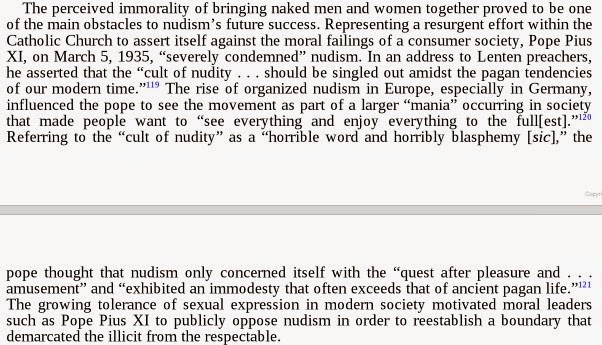From this review of a book about pigs in history:
The curly-tailed animals have proven extraordinarily useful to human development and have been present from the earliest permanent dwellings to modern metropolises. The porcine ability to turn waste of almost any description into protein—thanks to “a simple gut and multipurpose
teeth”, which means it can eat almost anything—ensured that in the ancient Near East, Anglo-Saxon England and the Americas it was theperfect beast to sustain rapidly growing and colonising populations.
Yet the pig’s indiscriminate appetite has also been its worst enemy. Not for nothing is there a Chinese character, qing, that designates both “pigsty” and “outhouse”, and the idea of consuming a beast fed on communal waste has appalled societies from the ancient Egyptians to the Jews and 19th-century New Yorkers. Pigs have also been beset by snobbery, given that pork has regularly provided calories to the poorest members of society. After the Black Death carried off a third of Europe, demand for meat plummeted and so did prices. Peasants
started eating pork; uppity nobles chewed on birds and beef instead.
Mr Essig’s main point is that the better people treat pigs, the more they like them. Romans lavished love and attention on their pigs, allowing them to wander in the woods, eating nuts and grains. In return, they enjoyed delicious meat. Post-war America industrialised pig production, inventing indoor cages and “a litany of horrors” for their sows, and found the meat was mushy and tasteless. As a consequence, pork consumption has been static for 30 years.

